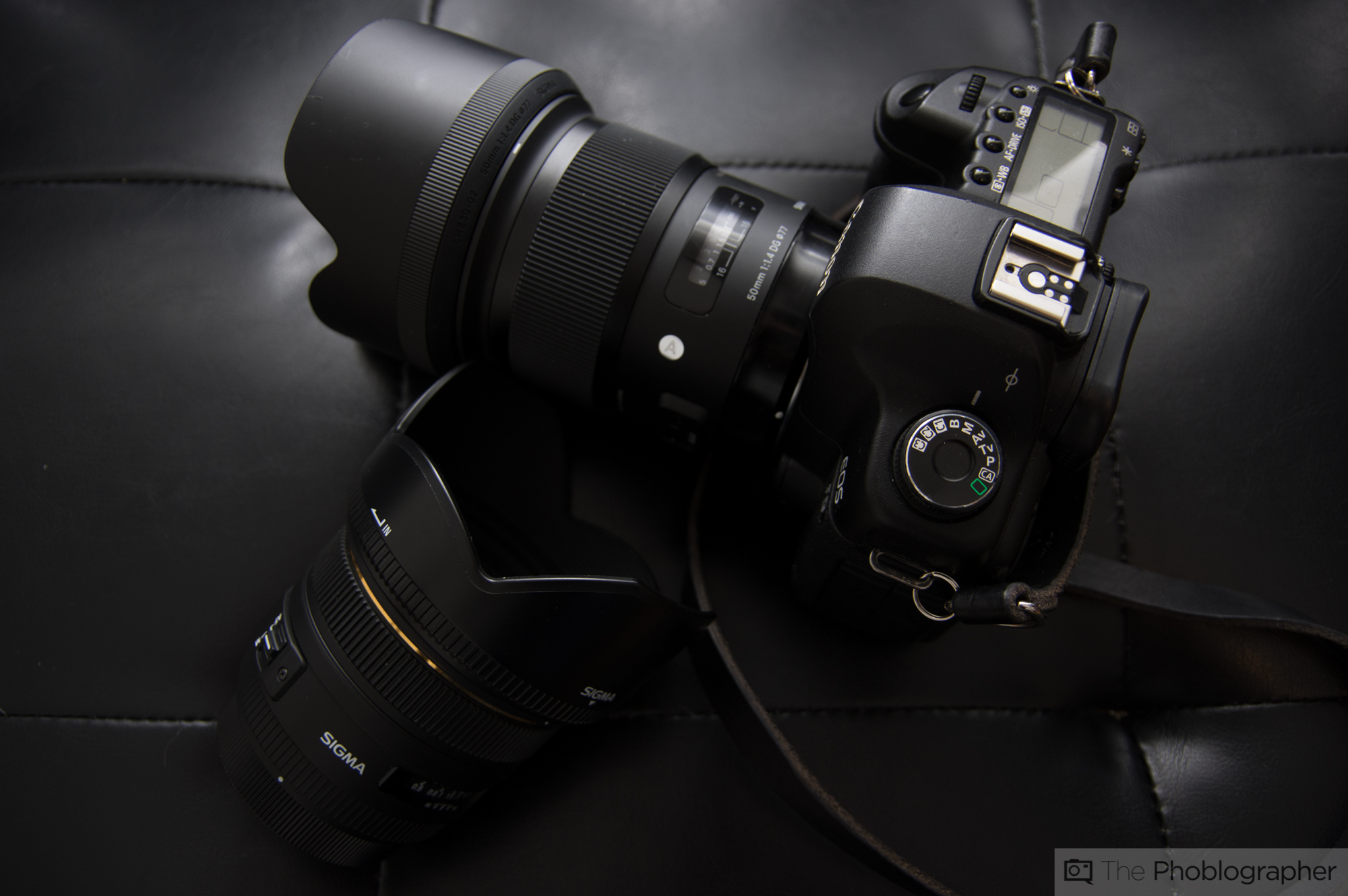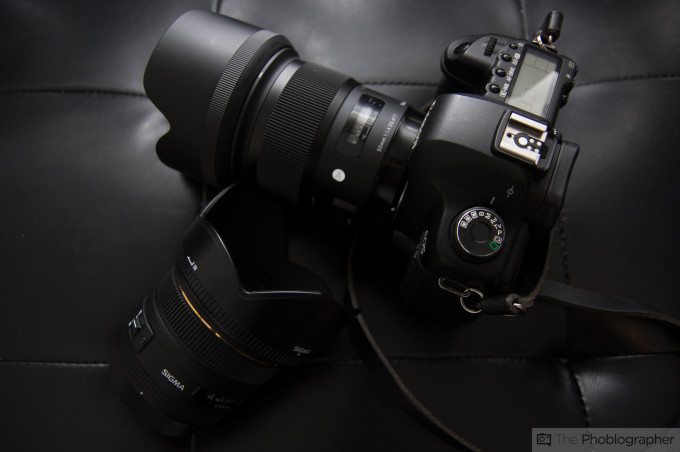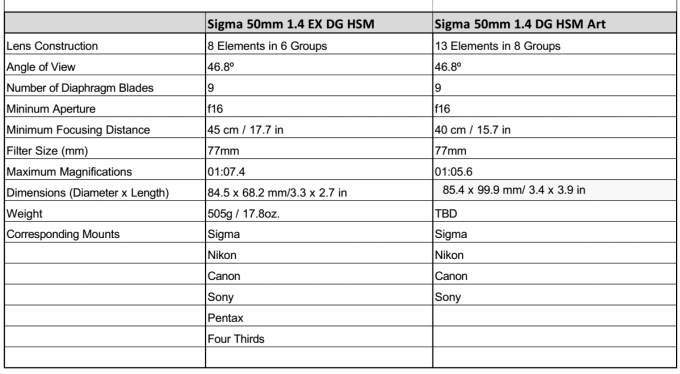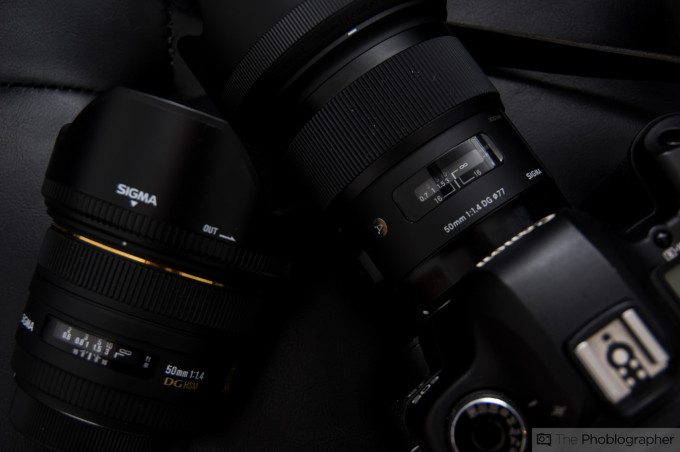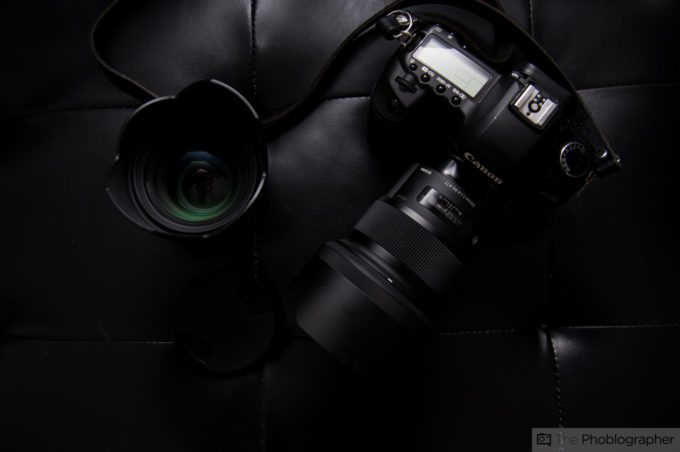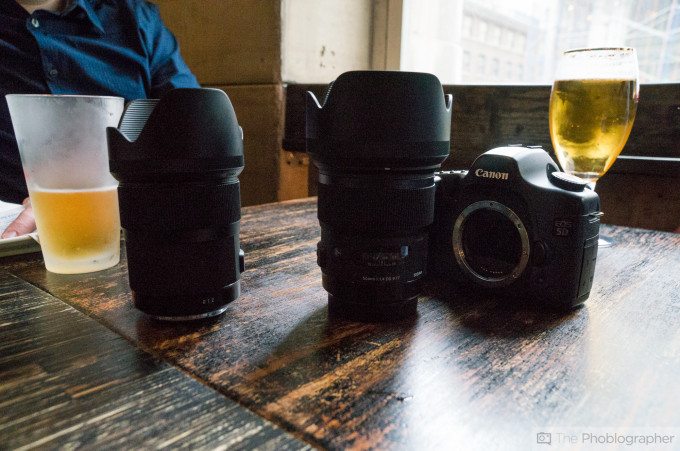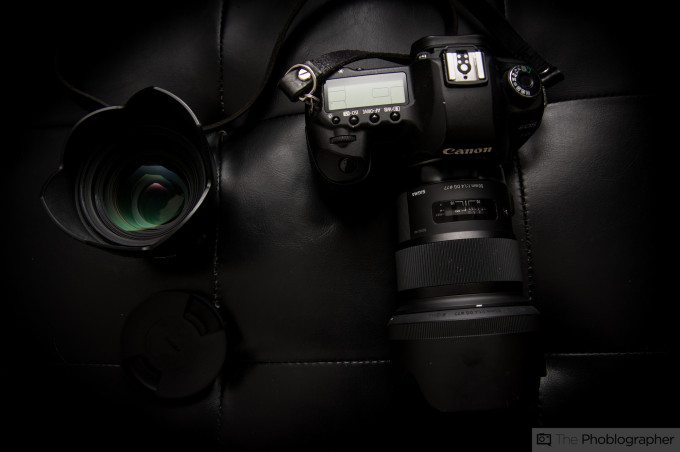Last Updated on 04/14/2014 by Chris Gampat
Sigma recently updated their 50mm f1.4 lens to include not only the Art branding badge, but also a totally new look to the lens. The new Art offering joins the 35mm f1.4 as another prime for DSLRs under the new Global Vision that the company is touting right now. Many folks own the older Sigma 50mm f1.4, and with the release of the new one you might be wondering if it’s worth an upgrade or not.
In our real world tests, we explore the differences.
Editor’s Note: Check out our first sample images, full review, and comparison posts against the 35mm f1.4 and 50mm f1.4 version 1.
Tech Specs
Ergonomics
When you look at both lenses, you can almost immediately tell a lot by the looks. the newer lens which is on the right looks sleek and beautiful. The older lens looks like Sigma was purposely trying to target a market that couldn’t afford something like the Canon 50mm f1.2 L but wanted great quality anyway.
Both lenses also feel different and are also different sizes. The newer lens is taller and thinner while the older one is shorter and fatter. They’re two totally different beasts when it comes to ergonomics.
The new 50mm f1.4 is also more in line with the design and philosophy behind the company’s new 35mm f1.4 DG, which won a coveted Editor’s Choice award from us. The Sigma 35mm f1.4 lens also outdid both of Canon’s 35mm offerings.
Build Quality
When it comes to the build of both lenses, the newer 50mm f1.4 is heavier and larger when it comes to height. But the older version is a bit more stocky. If Sigma were able to put the quality of the optics into the older body, we would have an absolutely perfect lens. But for what it’s worth, the new 50mm isn’t too shabby. It feels great in the hands and honestly gives off the feeling that the lens was made just for you with precision and care.
Autofocus
Despite being a heavier lens, Sigma’s newer 50mm f1.4 seems to focus just as quickly as the older 50mm f1.4. We tried both lenses in both well lit and low lit situations with the Canon 5D Mk II–a camera that wasn’t known for the absolute best focusing speeds or accuracy. However, both lenses nailed their focusing almost 100% of the time with very few misses.
Any misses that came were more in low lit situations.
It’s worth it to note that we needed to go into Canon’s menus and microadjust both lenses though. Two years ago, I switched entirely over to Sigma lenses from Canon and microadjusted the old 50mm to -2. The newer 50mm f1.4 Art lens also needed the same level of adjustment.
For those of you not in the know, microadjustment is something that you do to ensure that your lens will always focus accurately. Almost every manufacturer does it and almost all DSLRs need it–but the problem is more prevalent with third party lenses.
Also note that not every DSLR offers microadjustment. For Nikon and Sony, it’s called AF Finetuning. This is best done with a lens chart, a tripod, and flashes. However, I learned how to do it in the field when I was a working photojournalist and paparazzi.
Image Quality
We conducted two tests with the lenses. Both tests involved the lenses being put on a tripod. We shot the same scene for each lens at the same exposure and equalized the histograms in Adobe Lightroom 5. Both lenses were focused on the same spot.
The first test was done at f8


The second test was done at f1.4 with a flash added. The flash and receivers was the Phottix Odin used with the Mitros+
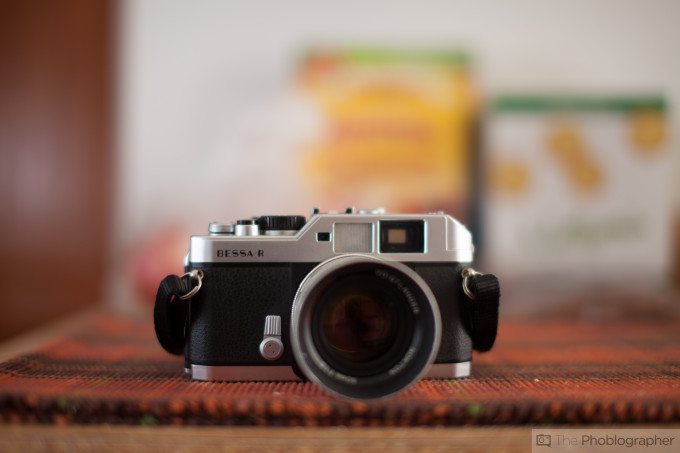
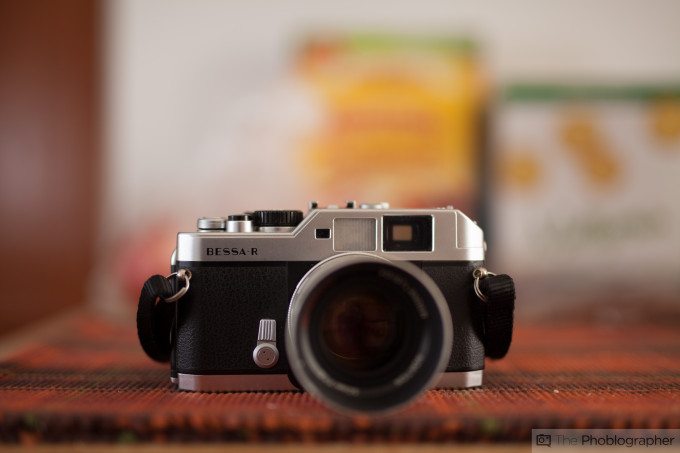
Differences
From what we can tell, there isn’t a major difference in the image quality at f8 for both lenses. Additionally, we also found that they have different fields of view. Both lenses exhibit excellent sharpness at f8 and no one can sit there and complain about either offering when stopped down this far. The main differences that we found were not only in the field of view, but the sharpness wide open and the bokeh.
Bokeh
As far as bokeh goes, both lenses have very nice out of focus areas. However, we found the newer 50mm f1.4 Art lens to be a tad creamier. If you’re looking for absolutely nothing else but some bokehlicious images, then you’ll be fine with either lens offering, though the newer one gives slightly better results but no one would be able to tell unless the two were put side by side–keep that one in mind folks!
Sharpness
Where we saw the biggest differences in the lenses has to do with the sharpness wide open. In this case, Sigma’s newer lens outperforms the older lens with almost no contest. Indeed, the newer lens is highly on par with its 35mm f1.4 Art cousin.
Color Rendition
Both lenses deliver almost identical color rendition, though the newer 50mm f1.4 Art lens tends to give a bit more of a saturated look to colors than the older version. The newer lens also seems to be less contrasty.
Color Fringing
Both lenses control color fringing very well, but the newer 50mm f1.4 Art lens does a better job except in the most absolute and extreme of situations. Again though, color fringing is easily nerfed with some sliders in Adobe Lightroom 5 and it should never be something that bothers you too much.
Conclusions
In all truthfulness, both lenses offer great image quality overall and they both won’t disappoint you at all. The real differences have to do with pricing, build quality, and how much you want to pixel peep your images. If you have clients as a working photographer, you can still create beautiful and totally sellable images with both lenses. If you’re an owner of the older 50mm f1.4, we’re not totally convinced that it worth the upgrade unless you’re a big fan of the 50mm focal length. Sure, the newer Art lens is sharper and better built, but it isn’t going to be a majorly bad deal if you spring for the older one.


